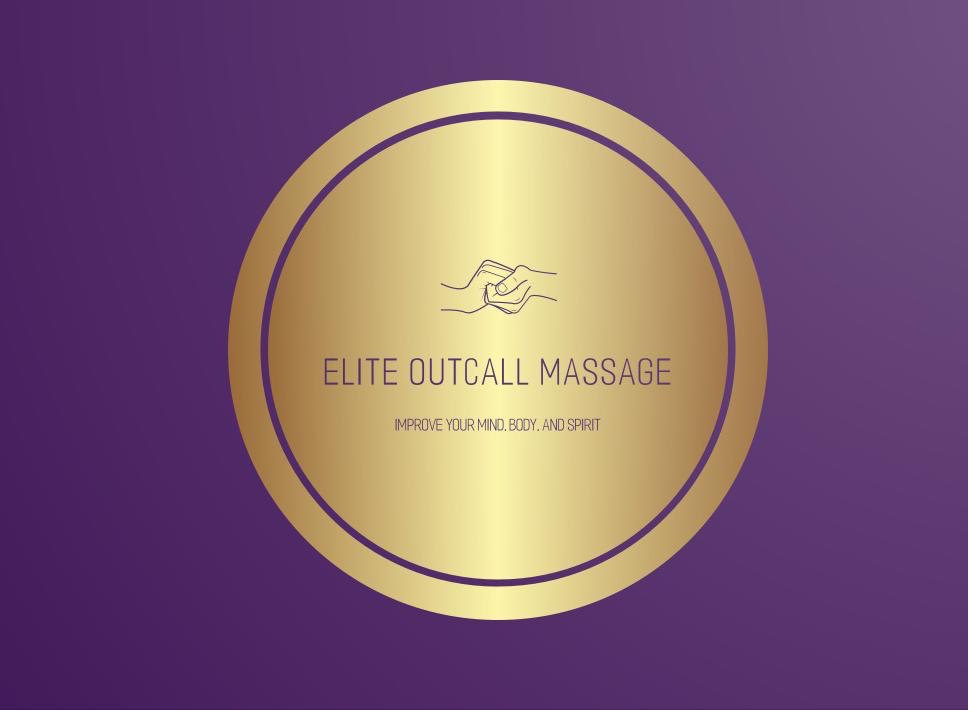Exploring the Synergy of Deep Tissue and Sports Massage Techniques for Optimal Performance Recovery
- Elite Massage

- Jul 13
- 4 min read

Athletes know that performance isn’t just about training hard; it’s also about recovery. In today's competitive world of sports, the right recovery techniques can make all the difference between a good performance and a great one. Deep tissue and sports massage are two popular methods that help athletes recover, prevent injuries, and maintain peak physical health. In this post, we will explore how these techniques can work together to enhance recovery and improve overall athletic performance.
Understanding Deep Tissue Massage
Deep tissue massage is not just another form of relaxation; it’s a targeted therapy that focuses on tension in the deeper layers of muscle and connective tissue. By using firm pressure and slow strokes, this method effectively targets chronic pain and tightness that standard massage may overlook.
For example, if an athlete has tight muscles following their training, a deep tissue massage can relieve soreness and improve blood flow. It's not uncommon for athletes to report a 30-50% decrease in muscle tension following just one deep tissue session. Regular treatment can significantly improve recovery time, helping athletes get back to their sport faster.
Moreover, many find that the mental benefits of deep tissue massage, such as reduced anxiety and improved mood, can also lead to better focus and performance.
The Principles of Sports Massage
Sports massage is broader in scope, designed specifically for athletes at every stage of their training. Its main goals are to prepare the body for physical activity, boost performance, and facilitate recovery. Sports massage is particularly effective because it employs various techniques adapted to the different needs of athletes during training, competitions, and recovery periods.
For instance, research shows that athletes who receive sports massage before events can improve their range of motion by up to 15%. Techniques like effleurage (long gliding strokes) and petrissage (kneading) help warm up muscles and improve circulation, which can lead to enhanced performance and reduced soreness afterward.
When performed post-competition or workout, sports massage also aids in removing metabolic waste products like lactic acid, which is crucial for preventing muscle soreness.
The Benefits of Combining Techniques
Utilizing both deep tissue and sports massage yields significant benefits for athletes. Here are some key advantages:
Targeted Muscle Relief: Deep tissue massage effectively loosens up specific tight areas, making the follow-up sports massage more impactful in improving circulation and flexibility.
Comprehensive Recovery: The combination of these techniques offers a holistic approach to recovery, dealing with both chronic tension and immediate muscle fatigue. This strategy leads to sustained performance benefits, allowing for better training adaptations and competitive outcomes.
Injury Prevention: Engaging in both therapies helps identify and alleviate potential issues before they lead to injuries. A strong preventive approach contributes to a significant reduction in injuries, often noted to lower injury rates by up to 25%.
Enhanced Mental Focus: The calming effects of deep tissue massage can contribute to better mental clarity, allowing athletes to concentrate more effectively in their training and competitions.
When to Use Deep Tissue vs. Sports Massage
Choosing the right massage technique depends on the individual’s specific needs. Here’s a straightforward guide:
Deep Tissue Massage: Ideal for athletes experiencing chronic pain, excessive muscle tension, or recovering from injuries. It’s especially beneficial post-event or after a grueling training cycle.
Sports Massage: Best used for preparation (pre-event), to maintain muscle function during events, and for recovery (post-event). It’s optimal during high training volumes or rigorous competition weeks.
Techniques and Practices
Let’s look at some effective techniques used in both deep tissue and sports massage:
Techniques in Deep Tissue Massage
Cross-fiber Friction: This technique targets muscle fibers to breakdown knots, helping reduce tightness and promote healing.
Static Compression: By applying direct pressure on specific points, this method alleviates pain and tension effectively.
Techniques in Sports Massage
Active Release Technique: As the therapist guides the athlete through movements, this technique releases muscle tension and enhances mobility.
Myofascial Release: Targeting the fascia, this technique helps alleviate tightness and discomfort, providing relief that can enhance athletic performance.
Integrating Both Modalities into a Routine
To maximize performance and recovery, athletes should consider routinely integrating both deep tissue and sports massage into their schedules. Regular sessions with a skilled therapist provide ongoing evaluation of muscle health and personalized treatment plans.
Counseling with therapists about specific concerns can lead to tailored treatments that enhance effectiveness. Additionally, combining massage therapy with proper nutrition and hydration can lead to improved performance and quicker recovery.
Final Thoughts
For athletes aspiring to reach their peak performance, combining deep tissue and sports massage techniques is essential. Each method plays a distinct role in recovery, and when used together, they bolster physical and mental resilience.
Prioritizing these specialized therapies empowers athletes to recover faster and perform better. Investing in both recovery methods can yield long-term benefits, allowing athletes to bounce back and push their limits with confidence. Understanding the interplay between these techniques helps individuals maintain their health and enhance their performance, ultimately leading to successful athletic achievements.




Comments